The Foundation of Human Wellbeing:
Why Posture and Strengthening Exercises
Are Essential for Lifelong Health
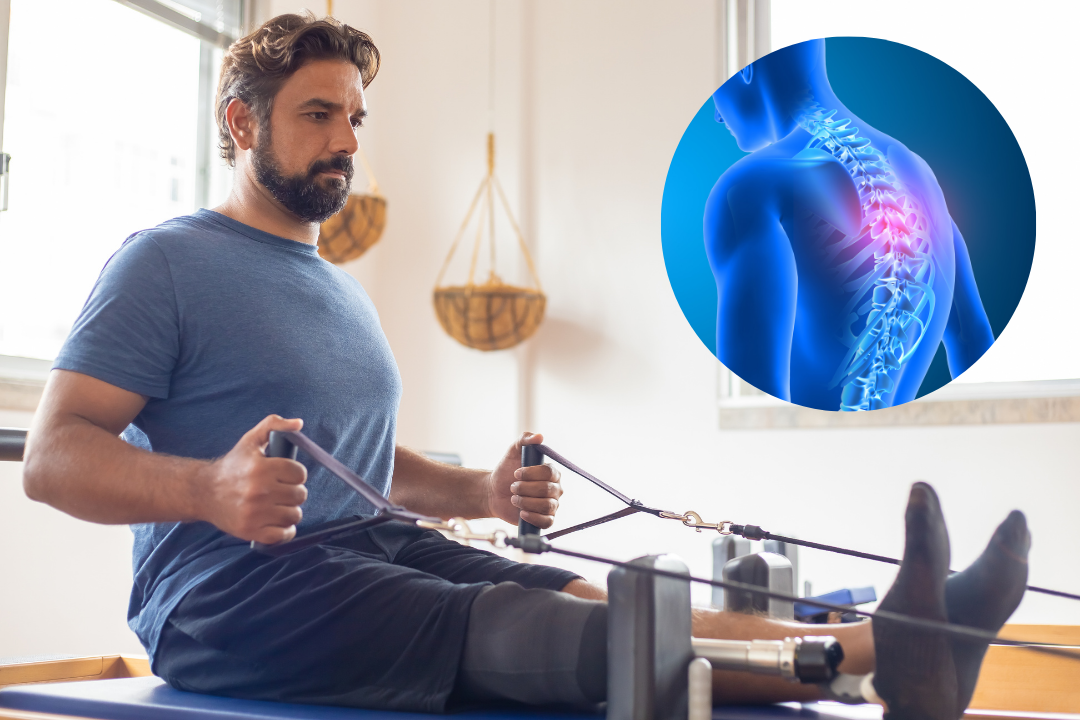
In an era where sedentary lifestyles have become the norm, we're witnessing unprecedented rates of musculoskeletal disorders, chronic diseases, and premature aging. Yet within the simple movements you practiced in the previous program lies one of the most powerful interventions for long-term human wellbeing. The exercises you've learned—from neck extensions to pigeon stretches—represent far more than temporary fixes for poor posture. They are fundamental tools for preserving your health, extending your lifespan, and maintaining your independence well into your later years.
Research reveals a stark reality: regular physical activity can increase life expectancy by 0.4 to 6.9 years, while reducing all-cause mortality by 30-35%. More specifically, the targeted posture and strengthening exercises in your program address the underlying mechanisms that drive aging, disease, and functional decline. This isn't just about feeling better today — it's about investing in your future self.

The Hidden Crisis of Modern Living
losing
muscle mass at a rate of 3-8% per decade, with this loss accelerating after age
50. Without intervention, a 70-year-old has lost approximately 50% of their
original muscle mass, often replaced by fat tissue. This process, called
sarcopenia, doesn't just affect strength—it fundamentally alters how our bodies
function, increasing fall risk, reducing metabolic health, and compromising our
ability to perform daily activities.
Simultaneously,
prolonged sitting and poor postural habits create a cascade of problems. Poor
posture increases stress on spinal structures, leading to accelerated wear and
tear. The forward head position common in desk workers places enormous strain
on cervical vertebrae, while rounded shoulders compress lung capacity and
restrict breathing. These aren't merely cosmetic issues—they're progressive
conditions that compound over decades, ultimately determining whether you age
with vitality or disability.
The
economic and social implications are staggering. Musculoskeletal disorders are
now the leading cause of disability worldwide, with back pain alone affecting
up to 80% of people at some point in their lives. Yet research consistently
demonstrates that targeted exercise interventions can prevent, halt, and even
reverse these age-related changes.
The Neurobiological Revolution: How Exercise Rewires Your Brain and Body
Understanding why these exercises are so powerful requires examining what happens inside your body when you move. Exercise triggers a remarkable cascade of beneficial changes that extend far beyond the muscles being worked.
Neuroplasticity and Brain Health
When
you perform exercises like wall angels or strengthen your core, you're not just
building muscle—you're literally reshaping your brain. Exercise increases
brain-derived neurotrophic factor (BDNF), which promotes the growth of new
neurons, particularly in the hippocampus, the brain region associated with
learning and memory. This neuroplasticity helps explain why regular physical
activity reduces dementia risk by 28-32%.
The posture-brain connection is particularly fascinating. Research shows that maintaining upright posture increases positive emotions, reduces fatigue, and improves cognitive function. A study with participants experiencing mild depression found that sitting upright led to higher levels of positive emotions and increased speech fluency compared to slouching. This demonstrates that postural alignment isn't just about physical health—it directly influences mental wellbeing.
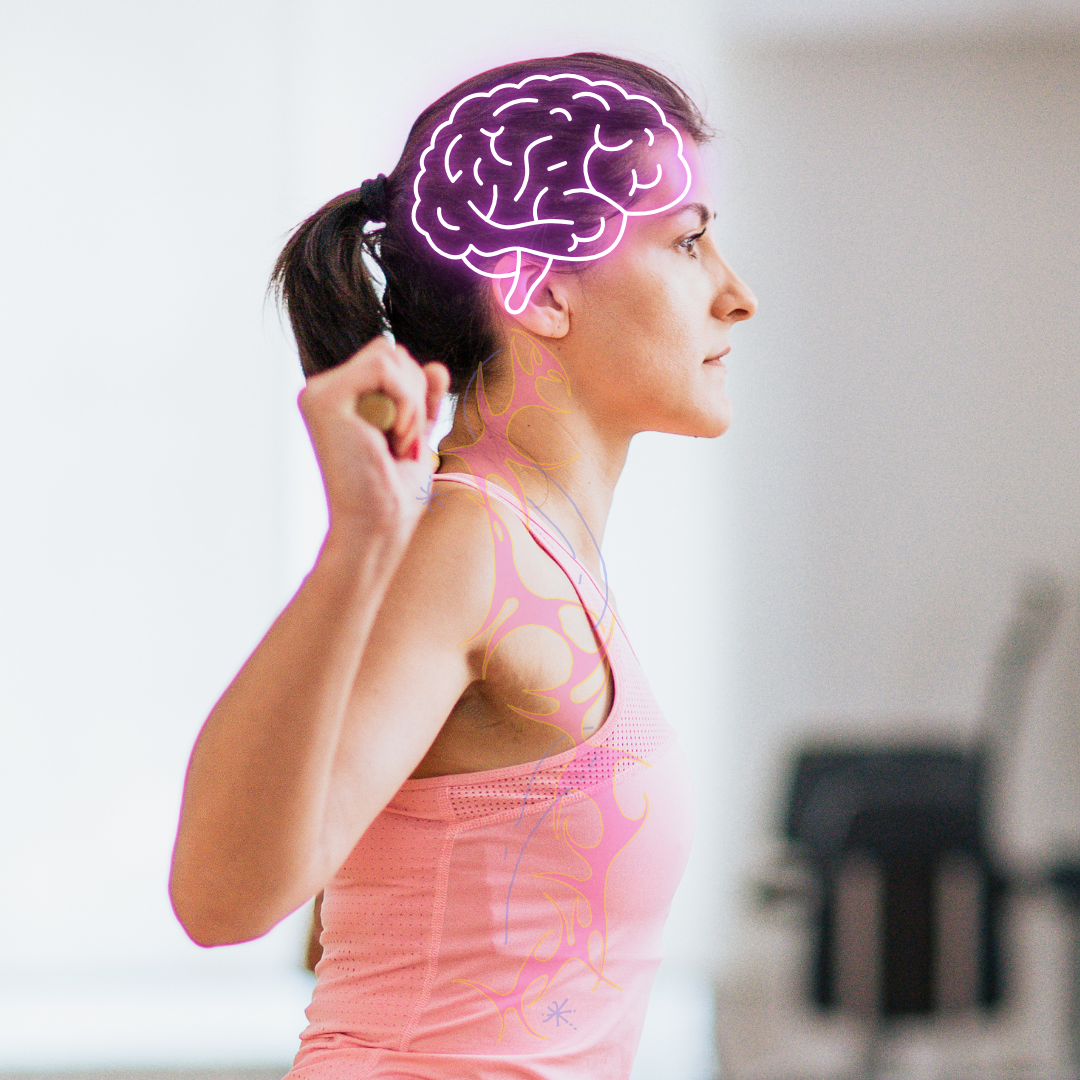

Hormonal Optimization
Exercise
fundamentally alters your body's hormonal environment in ways that promote
longevity and wellbeing. Physical activity regulates cortisol release, enhances
neurotransmitter availability (serotonin and dopamine), and modulates brain
connectivity. These changes contribute to stress reduction, improved mood, and
better emotional regulation.
The
strengthening exercises in your program specifically trigger the release of
growth hormone and insulin-like growth factor-1 (IGF-1), which are crucial for
maintaining muscle mass and bone density as you age. This hormonal response
helps explain why resistance training can increase bone mineral density by up
to 1.82% in just six months, providing protection against osteoporosis and
fractures.
Inflammation and Immune Function
Chronic low-grade inflammation is now recognized as a primary driver of aging and age-related diseases. Regular exercise acts as a potent anti-inflammatory intervention, reducing inflammatory markers throughout the body. This inflammation reduction helps protect against cardiovascular disease, diabetes, cancer, and neurodegenerative conditions.

The Specific Power of Your Exercise Program
Each exercise in your program targets specific aspects of human physiology that are crucial for long-term health. Understanding these connections helps illuminate why consistent practice is so important.
Neck Extensions: Protecting Your Neurological Highway
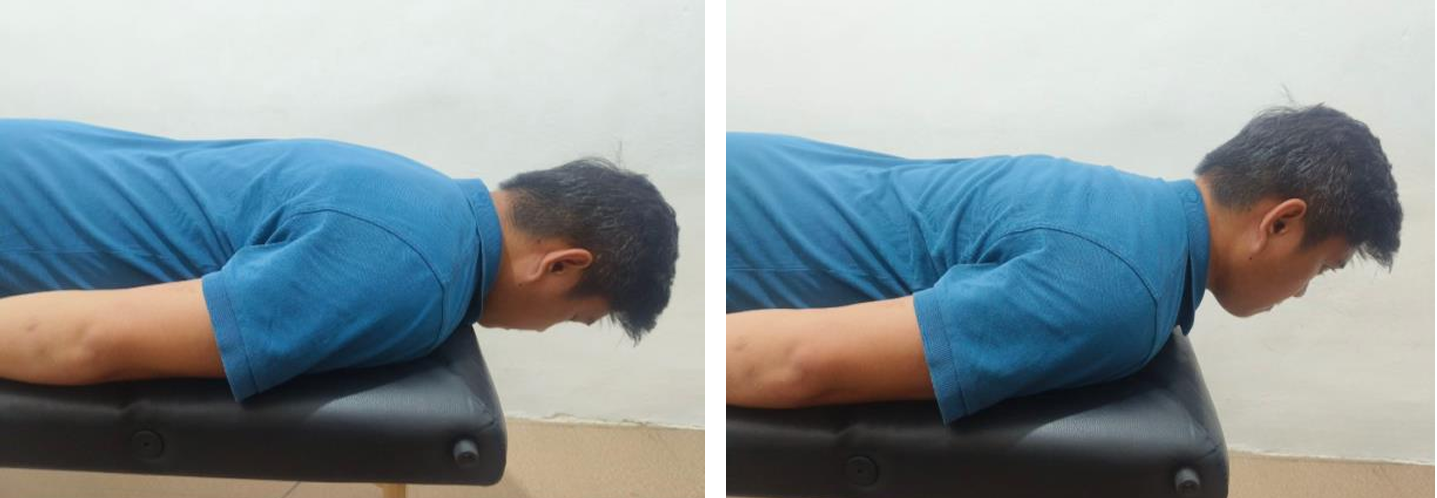
The
cervical spine houses your spinal cord—the main communication pathway between
your brain and body. Forward head posture, common in our screen-dominated
world, places enormous stress on cervical vertebrae and can compress nerve
pathways. Neck extension exercises directly counteract this positioning,
helping maintain the natural cervical curve and protecting neurological
function.
Research
demonstrates that correcting forward head posture can reduce headaches, improve
concentration, and enhance mood. More importantly, maintaining cervical
alignment helps preserve the integrity of your nervous system, which is
fundamental to all bodily functions.
Wall Angels: The Antidote to Modern Posture
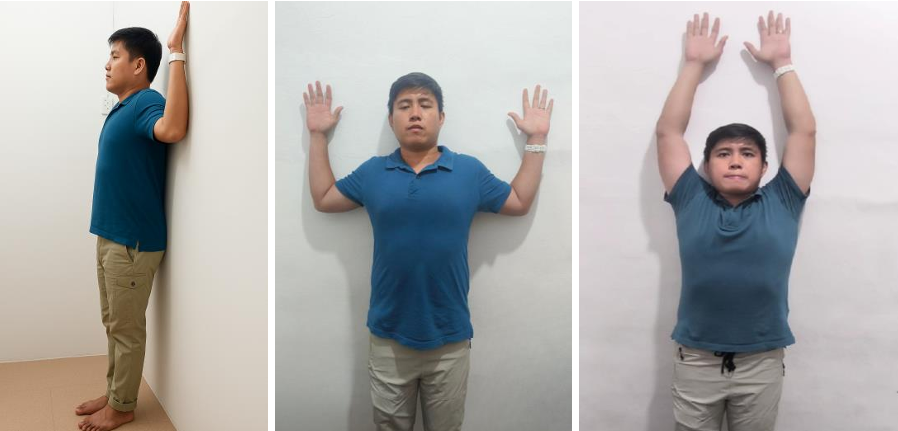
Wall
angels are perhaps the most important exercise for countering the effects of
prolonged sitting and screen use. This movement targets the middle and lower
trapezius, rhomboids, and serratus anterior—muscles that are consistently
weakened by modern postures.
Studies
show that wall slide exercises significantly improve scapular alignment and
reduce pain in people with postural disorders. Participants in research studies
experienced measurable improvements in scapular positioning and reduced upper
back pain after just four weeks of regular wall slide practice. The exercise
works by strengthening the muscles that pull your shoulders back while
stretching the tight chest muscles that pull you forward.
More
than just addressing current discomfort, wall angels help prevent the
progressive spinal degeneration that occurs with poor posture. Maintaining
proper shoulder blade positioning reduces stress on thoracic vertebrae and
helps preserve the natural spinal curves that are essential for shock
absorption and load distribution.
Hip Flexor Stretches: Unlocking Your Body's Power Center
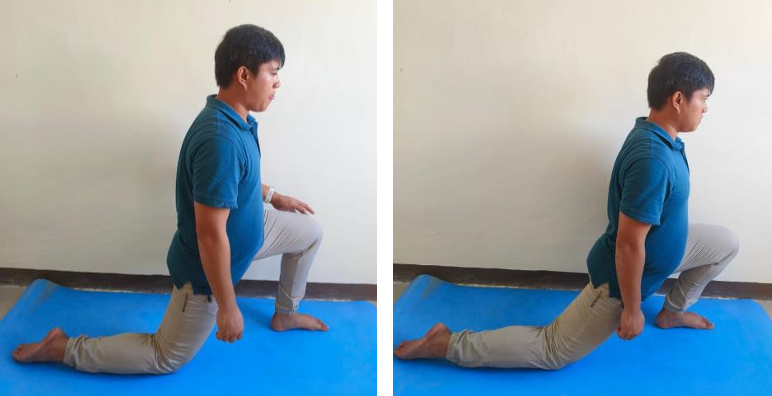
Your
hip flexors are among the most important muscle groups for overall health and
function. These muscles connect your torso to your legs and play a crucial role
in core stability, pelvic alignment, and lower back health. Tight hip flexors
contribute to anterior pelvic tilt, which increases stress on the lumbar spine
and can lead to chronic back pain.
Research
reveals that hip flexor stretching improves pelvic stability, reduces lower
back pain, and enhances athletic performance. More importantly, maintaining hip
flexor length is crucial for functional mobility as you age. People with better
hip mobility maintain independence longer and have reduced fall risk.
The
stretching also has neurological benefits. Hip flexor stretches can improve
balance and proprioception, which are critical for preventing falls and
maintaining coordination. This is particularly important as you age, when falls
become a leading cause of injury and loss of independence.
Pigeon Pose: The Mind-Body Connection
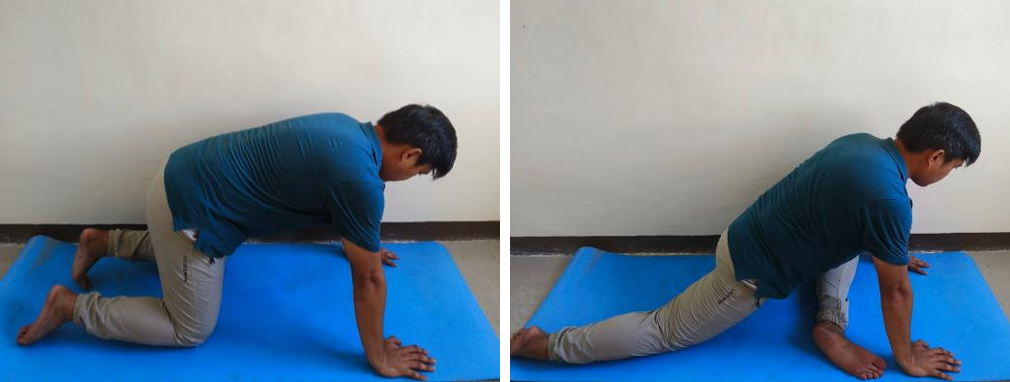
The
pigeon stretch is unique in its ability to address both physical and emotional
wellbeing. This deep hip opener targets multiple muscle groups including the
hip flexors, piriformis, glutes, and external rotators. From a purely physical
standpoint, it helps counteract the hip tightness created by prolonged sitting.
But
research suggests the benefits extend far beyond flexibility. Hip opening poses
like pigeon are believed to release stored emotions and trauma. Studies
indicate that pigeon pose can aid digestion and promote mental wellbeing. The
pose activates the parasympathetic nervous system, promoting relaxation and
stress relief.
This mind-body connection isn't mystical—it's based on the very real relationship between physical tension and emotional state. Changing your posture and releasing physical tension can directly influence your mood and mental wellbeing. Regular practice of poses like pigeon helps develop this awareness and provides tools for managing stress and emotional regulation.
Core Strengthening: Your Body's Natural Corset
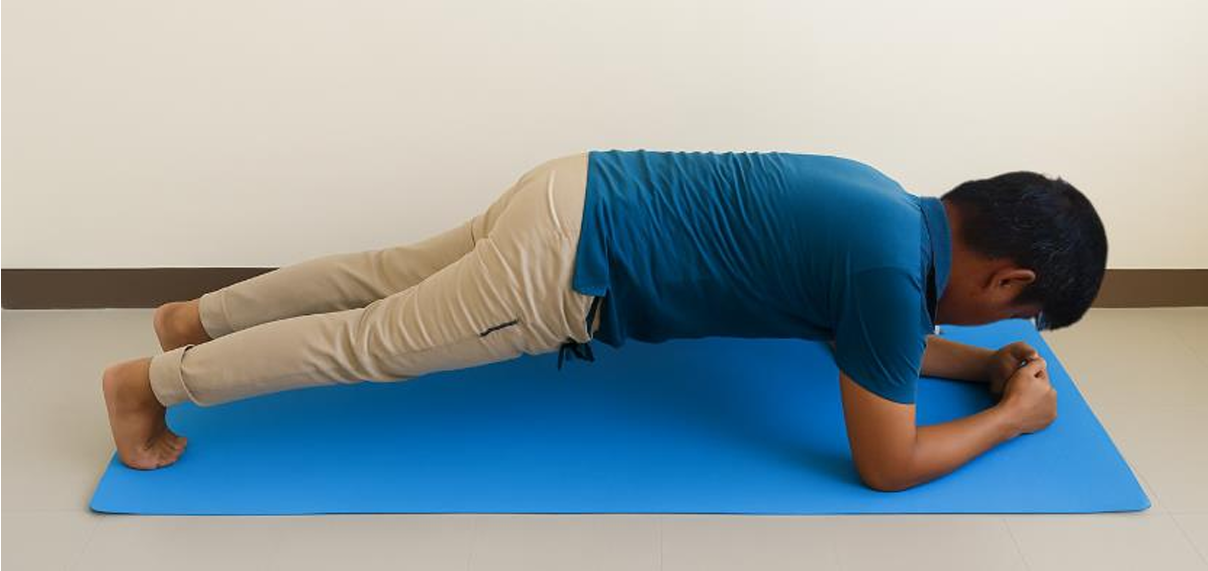
The
core strengthening exercises in your program—including planks and dead bugs—are
fundamental to all human movement and stability. Your core muscles act as a
natural corset, providing the stability necessary for your spine to function
properly under load.
Strong
core muscles are directly linked to reduced back pain, improved posture, and
enhanced functional capacity. Research shows that people with stronger cores
have better balance, reduced fall risk, and maintain independence longer as
they age. More importantly, core strength is predictive of longevity—people
with greater muscle strength live longer and have better quality of life in
their later years.
The
neurological benefits of core training extend beyond strength. These exercises
improve proprioception and motor control, helping your nervous system
coordinate complex movements. This enhanced neuromuscular control is crucial
for maintaining mobility and preventing injuries throughout life.
The Compounding Benefits of Consistency
The true power of these exercises emerges through consistent practice over time. Like compound interest, the benefits accumulate and multiply, creating transformative changes in your health and wellbeing.
Bone Health and Fracture Prevention
Exercise
is one of the most effective interventions for maintaining bone density and
preventing osteoporosis. The mechanical loading created by strengthening
exercises stimulates bone formation, with research showing that
moderate-intensity resistance training can significantly improve bone mineral
density in just six months.
This
bone-building effect is particularly important for women after menopause, when
hormonal changes accelerate bone loss. Regular exercise can reduce fracture
risk and help maintain bone density even in post-menopausal women. The
weight-bearing nature of exercises like squats and lunges provides the
mechanical stimulus necessary for bone remodelling and strengthening.
Cardiovascular and Metabolic Health
While
these exercises may seem focused on musculoskeletal health, they provide
significant cardiovascular and metabolic benefits. Regular physical activity
reduces the risk of cardiovascular disease by 80%, type 2 diabetes by 90%, and
cancer by 33%.
The
postural exercises improve circulation by reducing compression of blood vessels
and lymphatic channels. Better posture enhances breathing capacity, improving
oxygen delivery throughout the body. This improved circulation supports
cellular function, tissue repair, and overall metabolic health.
Cognitive Function and Mental Health
The
connection between physical posture and mental health is profound and
well-documented. Research consistently shows that people who exercise regularly
have better mental health, lower rates of depression and anxiety, and enhanced
cognitive function.
The
postural exercises specifically influence mood and cognition through multiple
pathways. Maintaining upright posture increases confidence, improves mood, and
enhances cognitive performance. The exercises also improve circulation to the
brain, reduce inflammatory markers that contribute to cognitive decline, and
trigger the release of neurochemicals that promote mental wellbeing.
Studies
show that exercise can be as effective as medication for treating mild to
moderate depression, highlighting the powerful mental health benefits of
consistent physical activity.
The Economics of Prevention
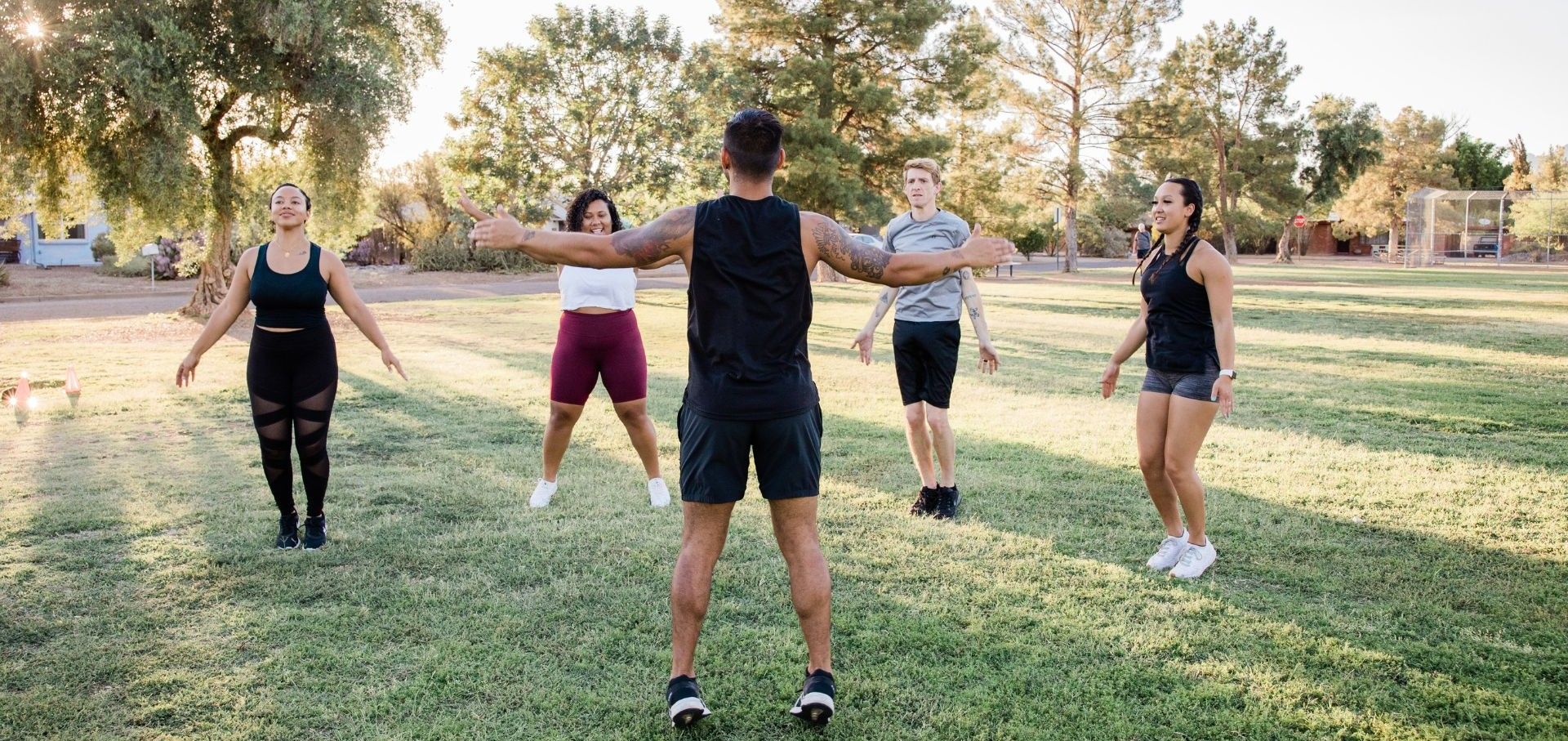
Investing
in these exercises represents one of the most cost-effective health
interventions available. The financial burden of poor musculoskeletal health is
enormous—musculoskeletal disorders account for billions in healthcare costs
annually and represent the leading cause of work disability.
Prevention
through exercise is dramatically more cost-effective than treatment of
established conditions. A comprehensive exercise program costs virtually
nothing compared to the expenses associated with chronic pain management,
surgical interventions, or loss of independence. More importantly, the
exercises provide benefits that no medical intervention can replicate—they
build resilience, enhance function, and promote adaptation rather than simply
managing symptoms.
Research
demonstrates that people who maintain regular physical activity throughout
their lives have significantly lower healthcare costs, reduced
hospitalizations, and maintained independence longer. They also report higher
quality of life and greater life satisfaction well into their later years.
Your Investment in Future Independence
Perhaps
the most compelling reason to prioritize these exercises is their role in
maintaining independence as you age. The difference between aging with vitality
versus disability often comes down to the foundation you build in your middle
years.
Studies
of healthy aging consistently show that people who maintain strength,
flexibility, and postural alignment throughout their lives have dramatically
different aging trajectories than those who don't. They remain mobile longer,
have fewer falls, maintain cognitive function, and preserve their ability to
live independently.
The
exercises you've learned address all the primary factors that determine
successful aging: muscle strength, bone density, balance, flexibility, and
cardiovascular health. By practicing them consistently, you're essentially
buying insurance against frailty, dependence, and the diseases of aging.
A Timeline of Benefits
The
benefits of consistent practice follow a predictable timeline:
Weeks
2-4: Improved posture awareness, reduced muscle tension, better sleep quality,
enhanced mood
Months
2-3: Measurable improvements in strength and flexibility, reduced pain, better
balance and coordination
Months
6-12: Structural changes in bone density, significant improvements in
functional capacity, enhanced cardiovascular health
Years
2-5: Protection against age-related muscle loss, maintained independence,
reduced chronic disease risk
Decades:
Extended lifespan, compressed morbidity (shorter period of illness before
death), maintained quality of life
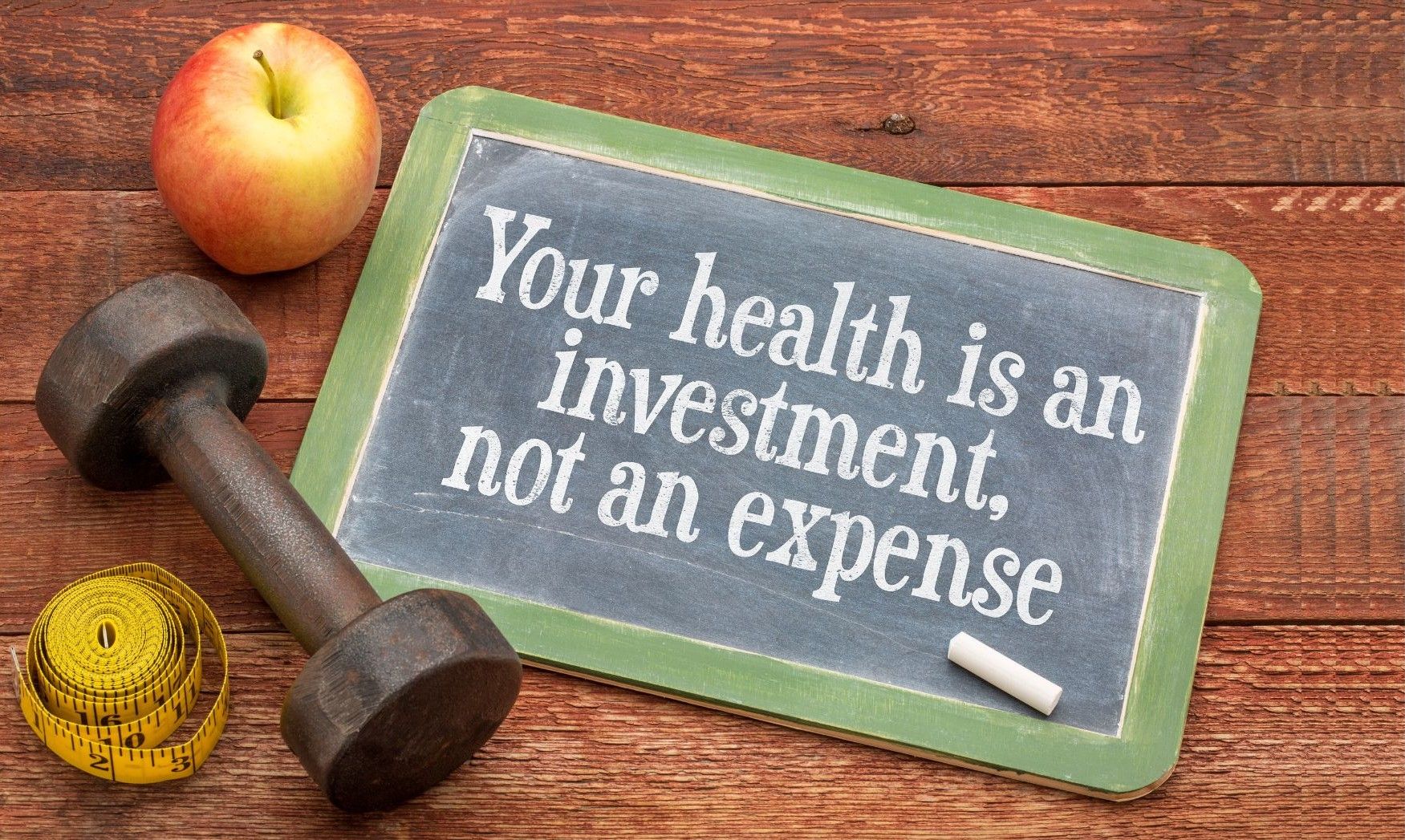
The Choice Is Yours
We
stand at a unique moment in human history. We understand more than ever before
about how exercise influences aging, disease, and quality of life. We know that
the exercises in your program can literally add years to your life and life to
your years. The question is whether you'll make the choice to invest in your
future self.
The
human body is remarkably adaptable—it's never too late to start, and the
benefits begin immediately. But the earlier you start and the more consistent
you are, the more profound the benefits become. Each time you perform these
exercises, you're making a deposit in your health account, building resilience
that will serve you for decades to come.
The
alternative—accepting the gradual decline that seems inevitable with aging—is
actually a choice. It's the choice to let biological aging proceed unchecked,
to accept frailty and dependence as normal, and to resign yourself to the
diseases of aging.
But you
have another option. You can choose to age differently—with strength, vitality,
and independence. You can choose to maintain your quality of life, protect your
cognitive function, and preserve your ability to engage fully with the world
around you.
The
tools are in your hands. The research is clear. The choice is yours.
Your
future self is counting on the decisions you make today. Make them count.

